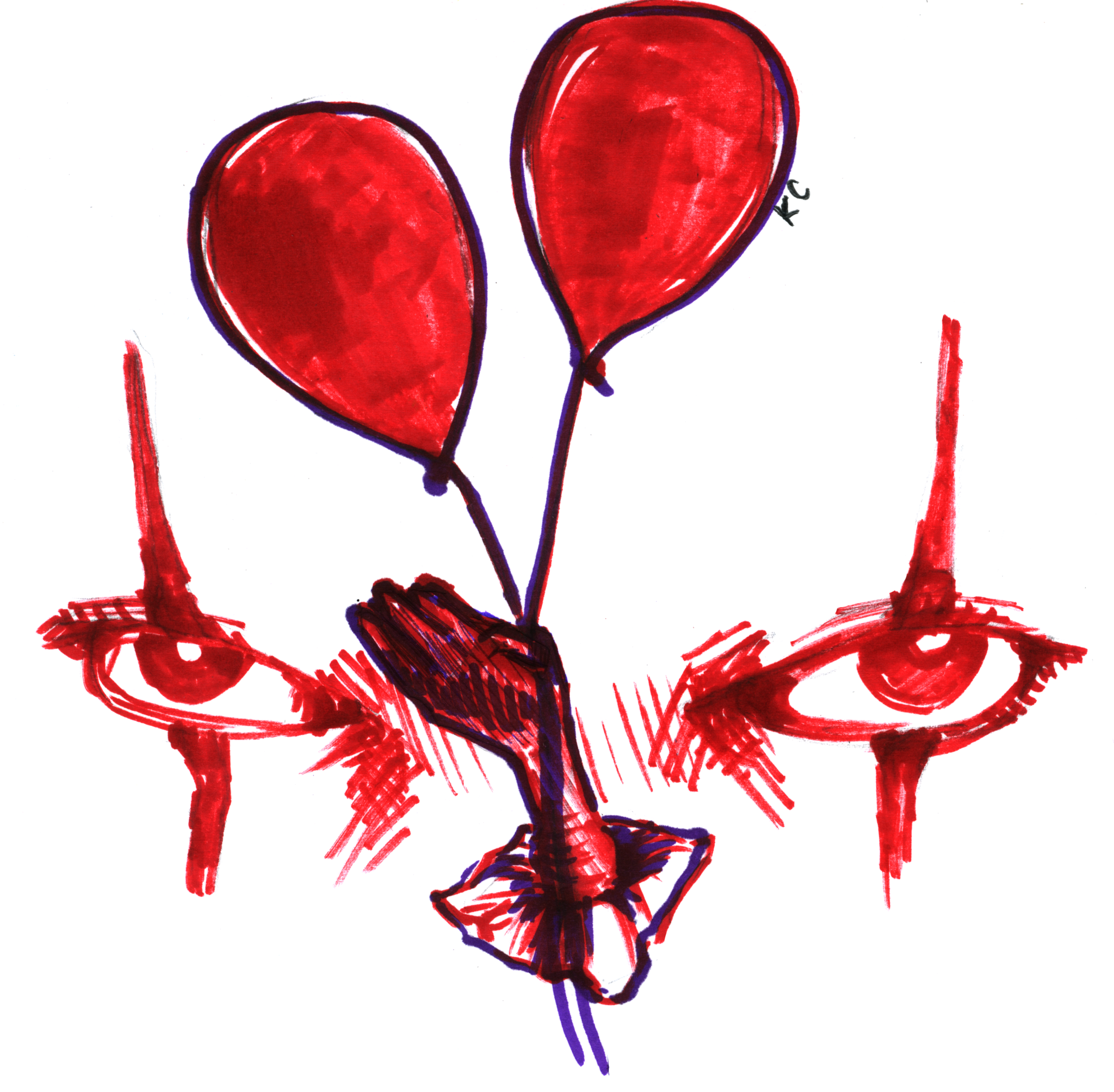Your friendly-neighbourhood heinous, inter-dimensional, demon-like entity posing as a killer clown is back. But with none of the plot focus.

To be fair to “IT: Chapter Two,” its predecessor gave the sequel a lot to live up to. “Chapter One” was a nostalgic synthesis of comedy and horror, carefully wrapped into a charming bildungsroman by its all-star cast of up-and-coming child actors. Another would be required to follow it up, but “Chapter Two” just didn’t quite cut it.
Granted, “IT: Chapter Two” is still admirable by regular movie standards. Its casting is inerrant, featuring “Interstellar” star Jessica Chastain as Beverly, Bill Hader as Richie, James McAvoy as Bill and the talented Bill Skarsgård in his usual role as the heinous, interdimensional, bloodthirsty, demon-like entity posing as a killer clown. Hader’s character is particularly well-written, landing several well-timed quips between the film’s numerous jump scares. But beyond that, the plot feels disjointed and seems like a poor attempt to squeeze Stephen King’s 1,138-page tome into its two hour and 15-minute running time.
The film kicks off in the not-so-idyll town of Derry once again, 27 years after our Losers’ Club heroes temporarily defeated the deadlights in its underground sewer lair. Director Andrés Muschietti clearly likes to start things off heavy, opening with a nauseating homophobic attack on a young gay couple at Derry’s annual carnival by a gang of sadistic bullies. The camera barely pans away throughout the entire graphic scene. It is arguably the most horrifying part of the entire film. The supernatural clown only appears at the very end to finish off the attack, and it, therefore, serves as a sickening reminder of the real human cruelty which exists beyond the realm of the film’s fantasy elements. That aside, it feels entirely disconnected from the rest of the narrative. None of the characters from the opening scene reappear and Muschietti makes no attempt to analyze the attack’s wider moral ramifications. The same could apply to the domestic abuse scene between Beverly and her husband Tom, who also never reappears in the film. What may have been screenwriter Gary Dauberman’s attempt to draw parallels between the nightmarish world of “IT” and real world brutality — a reflection of how many of our monsters walk around as ordinary people — becomes an uncomfortable juxtaposition which seems to make light of the film’s darker themes.
Beyond that, the film also seems to have issues with plot focus. The psychopathic bully Henry Bowers from “Chapter One” returns, this time as a crazed asylum inmate who, even after 27 years, still cannot let go of his fascination with our friendly-neighborhood otherworldly demon-entity. Though he played a key role in the first film’s plot, his presence in “Chapter Two” feels unnecessary. He doesn’t fulfill much of a role beyond waving around his favorite switchblade and becoming an opportunity for Richie to flex his newfound bravery. Additionally, there’s the entire subplot of Riche’s sexuality, which, although hinted at, is never explicitly addressed. Muschietti seems to entirely miss the opportunity to draw parallels between Richie’s struggles with sexuality and the opening scene.
One thing that “IT: Chapter Two” cannot be faulted on, however, is its sound design. As ever with returning composer Benjamin Wallfisch’s scores, the film features a noteworthy soundtrack which is spine tingling even without the visuals. Sinister strings accompany echoey distortions of childish nursery rhymes as the characters wander through the desolate sewer tunnels. The unnerving score is arguably more terrifying than the film itself.
Like its forerunner, “Chapter Two” also features great CGI, bringing to life a lively cast of new monsters along with some favorites from the previous film. Additionally, Beverly’s Carrie-esque bloodbath at the climax of the battle is nothing short of impressive. Regardless, the new beasts seem to lack the undertone of terror evoked by those in “Chapter One.” Although it is a great laugh to watch creatures ranging from a gargantuan axe-wielding Paul Bunyan to a bloodthirsty Pomeranian scare the cast, the book’s premise is that the deadlights become a reflection of the Losers Club’s fears. It is difficult to see why a bug-like fetus emerging from a fortune cookie has any symbolic connection to these fears.
Ultimately, the new chapter in the “IT” series does little to add depth to the already established universe. Its attempt to cram King’s colossal novel into its plot results in a loosely held together yet entertaining amalgamation of jump scares and CGI monstrosities, sans the 80’s nostalgia. Nonetheless, if we overlook its more obvious flaws, “IT: Chapter Two” is still worth watching. If nothing else, you’ll get the satisfaction of watching the Losers defeat their old nemesis for the final time and a great deal of laughter out of watching the often-ridiculous monsters lumber around on screen.
Natalie Kainz | natalie.kainz@yale.edu







